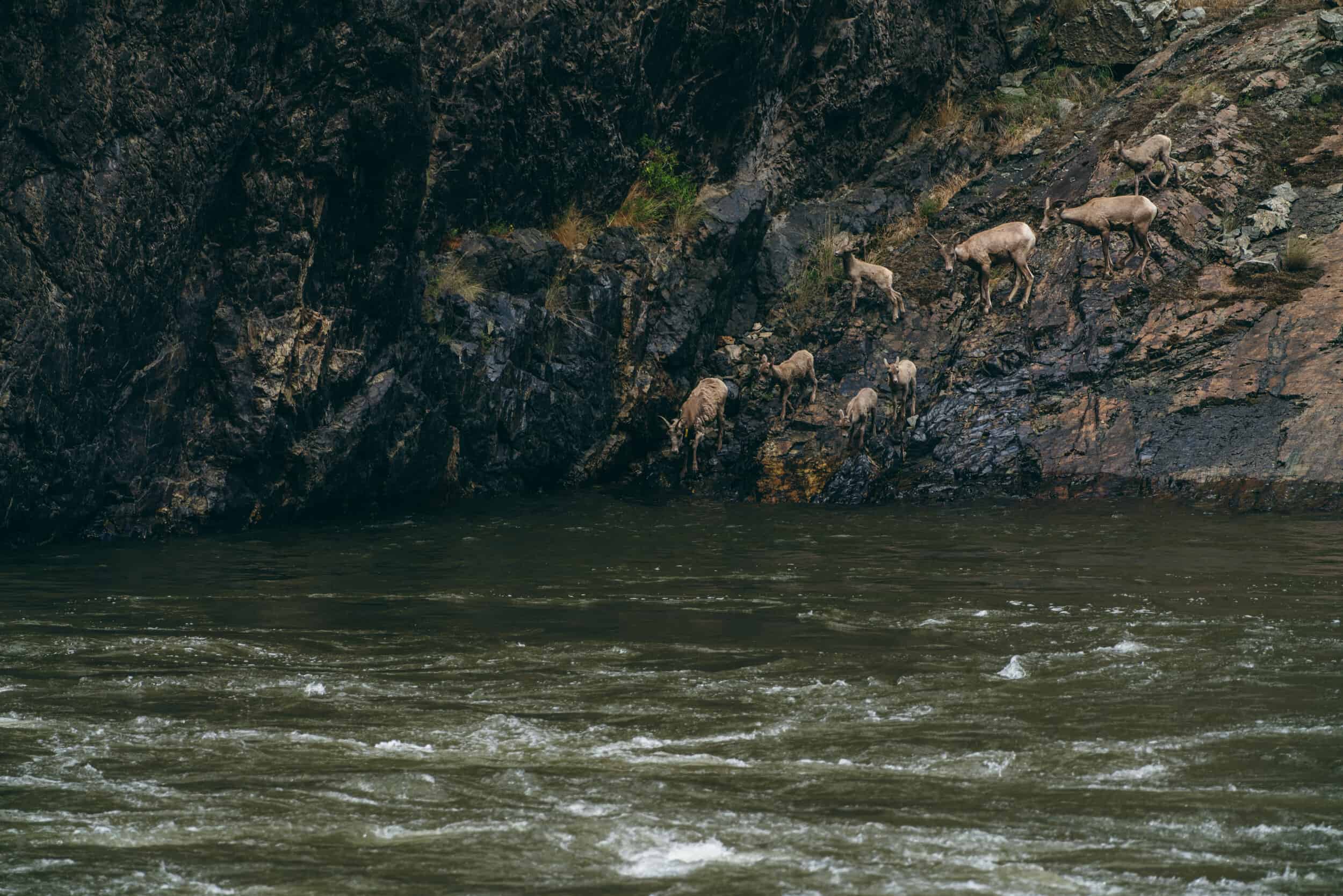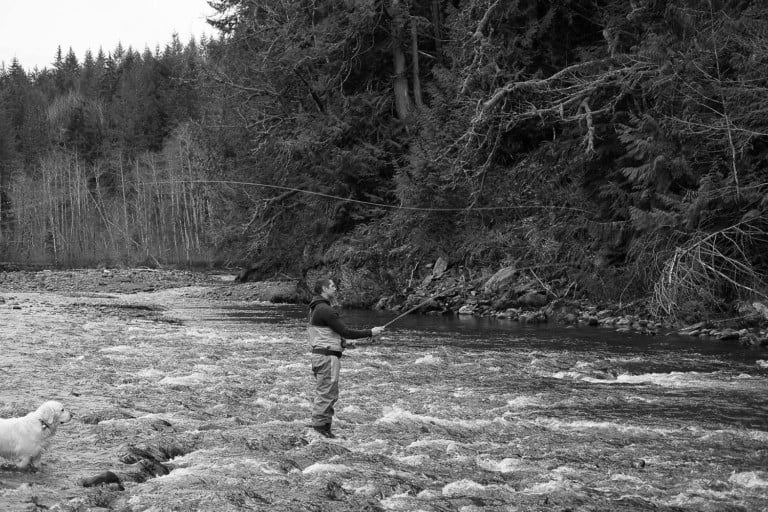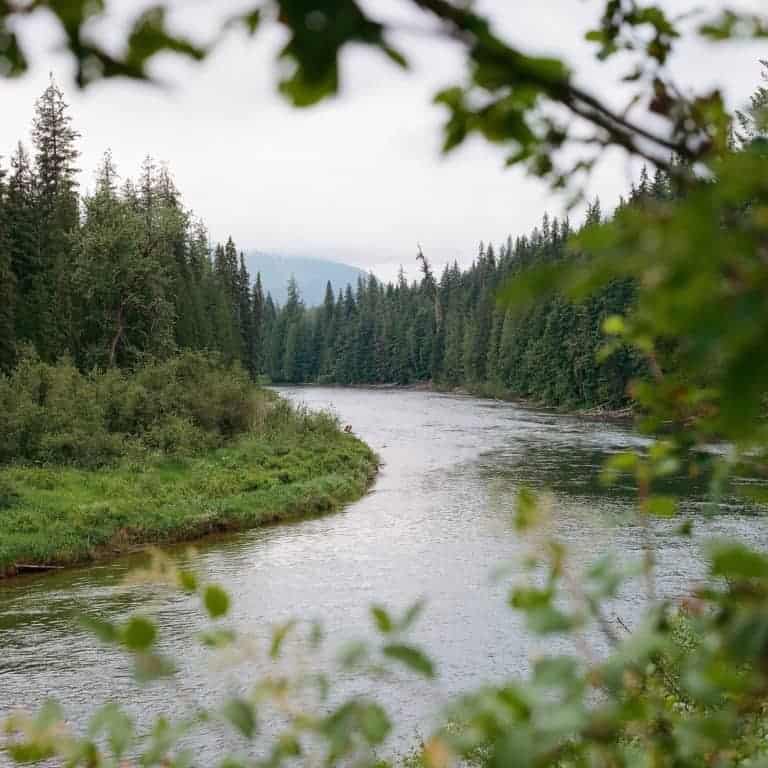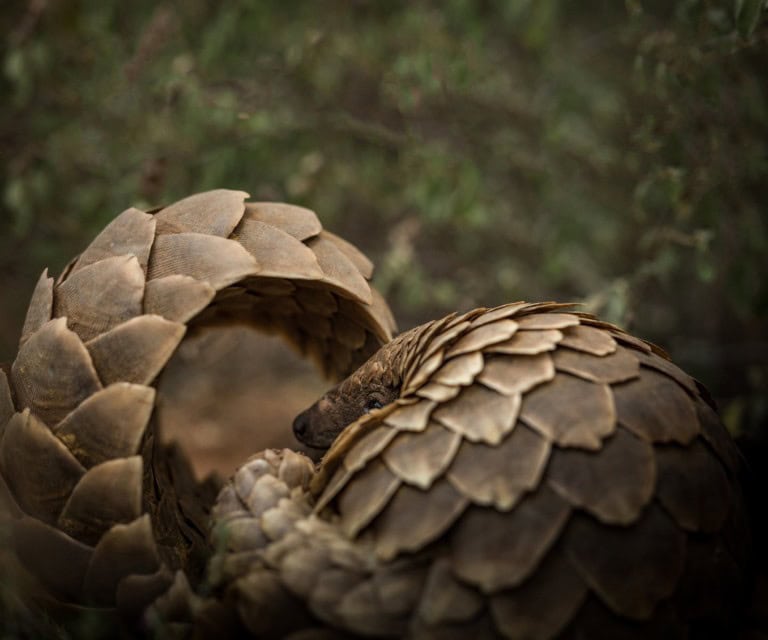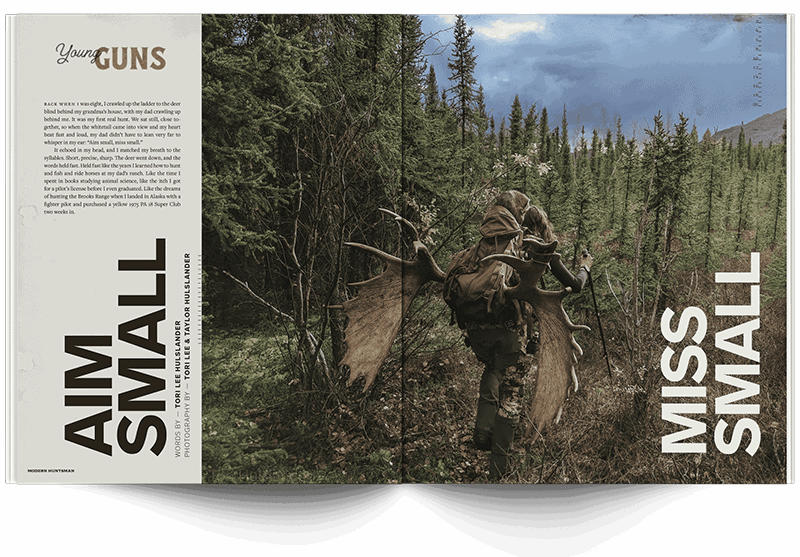My forehead and the tip of my nose are numb, pressed up against the cold truck window. I watch as Dr. Kevin Monteith and Brittany Wagler trudge through the snow, sneaking up on a small group of ewes and rams at the base of a ridge. I hold my breath as Brittany raises the gun to her shoulder, I watch as the dart filled with BAM, a drug that chemically immobilizes the animal (i.e., puts them to sleep), sinks into the rump of the ewe but she doesn’t drop to the ground like I thought she would. Instead, she bolts — sprinting up the side of a cliff face, navigating up through rock outcroppings, until she finally plops herself down almost out of sight.
“She’s down, let’s go!” Rachel Smiley says to me and we jump out of the truck, slinging heavy packs onto our shoulders loaded down with fieldwork gear and trudge up the rocky slope toward the ewe. Brittany and Rachel are graduate students in the Monteith Shop, a research group based out of the University of Wyoming in the Haub School of Environment, Natural Resources, Wyoming Cooperative Fish and Wildlife Research Unit. The female duo is in their 2nd year of work on a new study that dives deep into how disease, nutrition, and population densities interact in Rocky Mountain Bighorn Sheep (Ovis canadensis canadensis).
It’s no secret that bighorn sheep are struggling across the West and have been for the last century; wildlife managers attribute many of the declining numbers in herds to a deadly disease called pneumonia. Originally, wild bighorn sheep were exposed to pathogens that cause pneumonia from domestic sheep, but the relationship of disease transmission and recurrence of disease is more complicated than just separating wild sheep from domestic sheep. “Even in places
